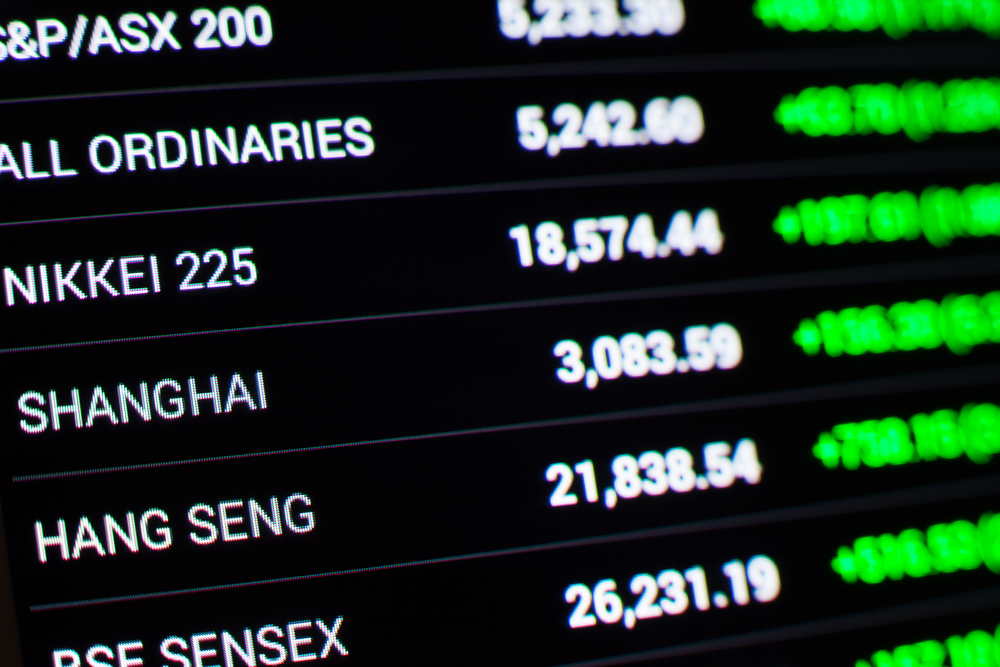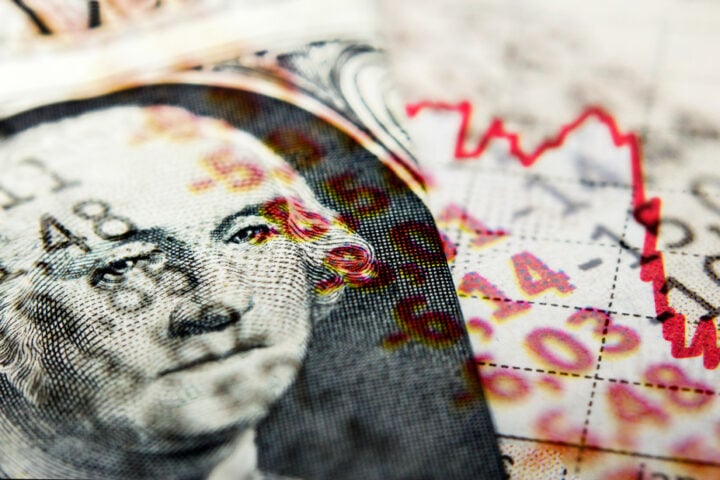Massive Market Drops as US Tariffs Hit Asia-Pacific
Stocks across Asia-Pacific plummeted on Monday, with some markets seeing the biggest drops in decades as global markets reeled from U.S. President Donald Trump’s recent tariff hikes. The Shanghai Composite dropped more than 8%, Hong Kong’s Hang Seng plunged over 13%, and Japan’s Nikkei 225 fell by 7.8%, with one analyst calling it a “bloodbath.” The sharp declines followed a global market slump last week after Trump announced new tariffs of 10% to 46% on imports from various countries.
Impact on Asia’s Export-Driven Economies
The tariffs have hit Asia’s manufacturing hubs hard, especially those that rely on the U.S. as a key export market. Japan, South Korea, and Vietnam are among the hardest hit, with tariffs of up to 46% on their exports. Countries like Cambodia, Thailand, and China are also facing high tariffs, with China set to bear a 54% levy in total. Even countries such as Singapore, New Zealand, and Australia have felt the impact of a baseline 10% tariff that has already gone into effect.
Economic Growth Fears and Recession Risks
The tariff hikes have raised concerns about a potential global trade war, which could trigger a slowdown or even a recession in the U.S., the world’s largest economy. This, in turn, would have severe consequences for Asian exports. Qian Wang, Asia Pacific chief economist at Vanguard, stated, “Asia is bearing the brunt of the US tariff hike. While there could be some room for negotiation, a new regime of higher tariffs is here to stay.”
Recession Forecasts Increase Following Tariff Announcement
As the impact of Trump’s tariffs continues to ripple through global markets, several financial institutions have revised their recession forecasts. Goldman Sachs now estimates a 45% chance of a U.S. recession in the next 12 months, up from 35% previously. JPMorgan has raised its forecast to 60%, predicting an economic downturn both in the U.S. and globally. These forecasts are a direct result of the uncertainty and disruption caused by the tariffs.
Small Economies in Asia Bear the Brunt
Countries like Vietnam and Bangladesh, which have become increasingly reliant on the U.S. as an export market, face the most significant impact from Trump’s tariff policy. Vietnam, for example, exports goods for major U.S. brands like Nike and Gap. Bangladesh exports $8.4 billion in garments annually to the U.S., but a 37% tariff on Bangladesh’s products threatens to disrupt this trade. Frank Lavin, former undersecretary for international trade at the U.S. Department of Commerce, noted that “Asia is likely to feel a disproportionate brunt of this turmoil because Asia sends more exports to the U.S. than to other markets.”
Stock Market Turmoil Spreads Globally
The effects of Trump’s tariffs have also sent global stock markets into a tailspin. U.S. stocks suffered their worst week since 2020, with all three major U.S. indexes falling by more than 5%, and the S&P 500 dropping nearly 6%. The FTSE 100 in the UK plunged by almost 5%, marking its steepest fall in five years, while European exchanges in Germany and France saw similar declines. Analysts predict that this stock market rout could continue as U.S. futures trading lower indicates another rough day on Wall Street.
A Tumultuous Future for Global Markets
Trump’s decision to implement sweeping tariffs has triggered massive declines in global stock markets, with Asia-Pacific economies feeling the most pain. The rising tariff rates and the growing fears of a global trade war have led to increased recession forecasts, particularly in small, export-driven economies in Asia. As the global market continues to adjust to these new tariffs, it remains to be seen how long the economic turmoil will last and how deep the consequences will be for trade and investment flows.







